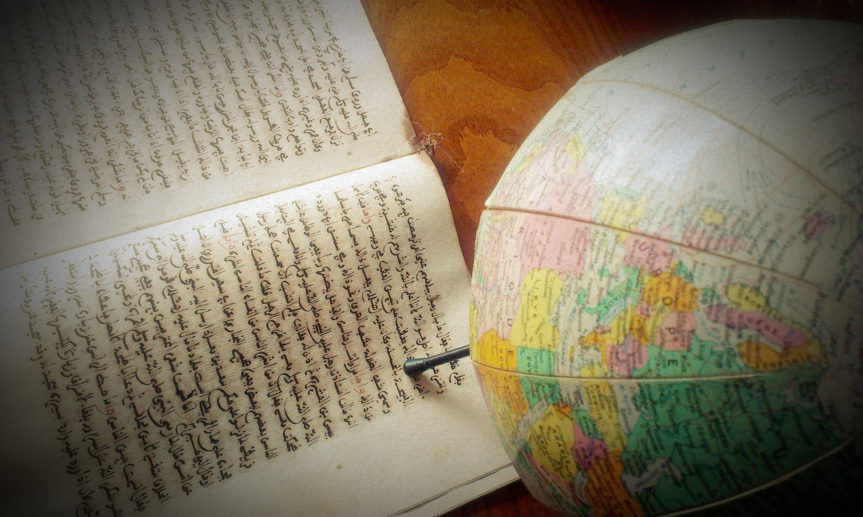Walking down the halls of Lavelle Prep Charter School on Staten Island, you hear the typical energy and excitement of a bustling New York City school. One surprising sound is that of students learning and speaking Arabic. For the past 2 years, Lavelle Prep has been enrolled in the Teachers of Critical Languages (TCLP) program granted by the U.S. Department of State. According to the TCLP website, the program “is designed to increase the study and acquisition of important world languages in U.S. schools.”
Mohamed Eldwiny is Lavelle’s resident exchange teacher, who formerly taught English back home in Egypt. Sean Fredricks is Lavelle’s English as a Second Language teacher, Mr. Eldwiny’s mentor, and he helped write the TCLP grant for both years. The program suggests that exchange teachers teach up to 20 hours a week and conduct outreach within the community. Mr. Eldwiny teaches both Arabic 1 and Arabic 2, assists Lavelle’s U.S. History teacher and volunteers at surrounding schools and community centers.
It is estimated that more than half of the world’s population speak more than one language but only 1% of college graduates specialize in Arabic. Through TCLP, Lavelle is able to offer students the opportunity to learn a language that will set them apart in the job force and allow for communication with over 300 million native speakers in more than 20 countries.
In addition to learning the language, Mr. Eldwiny encourages students to learn about the customs, cultures, and history of Arabic countries. This allows students to gain a deeper perspective of the Arabic-speaking world beyond the typical stereotypes featured in the media and in movies.
At the end of the year, Mr. Eldwiny will return to Egypt and transfer the best practices he learned while teaching at Lavelle to his classroom. As for the students, he hopes they will have developed a love for learning Arabic and continue their studies through another year with TCLP or in the future.
Watch the short video below to hear more about Lavelle’s TCLP program!
This is a reprint from CEI PEA’s PICCS project

